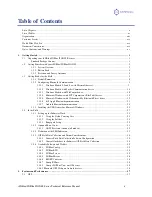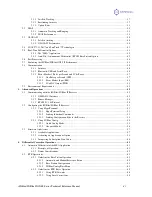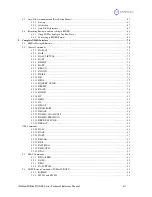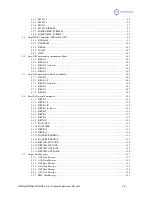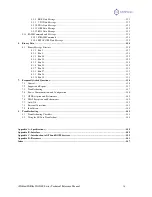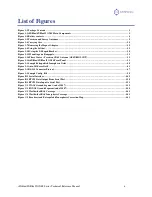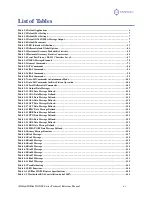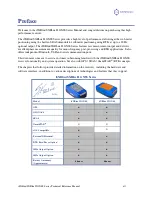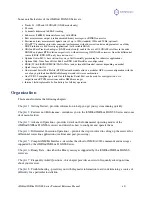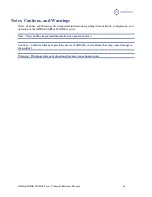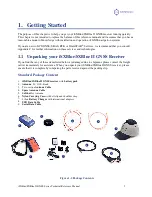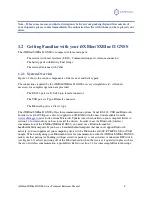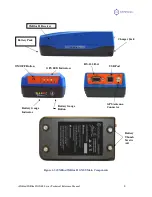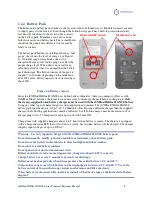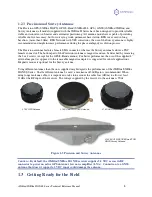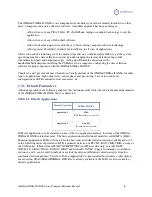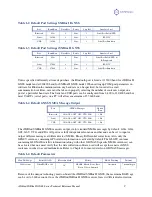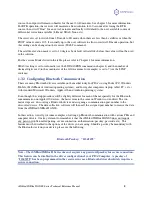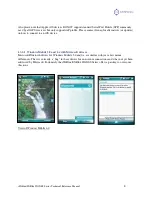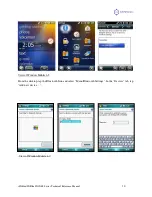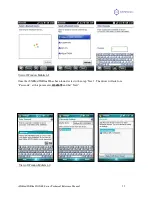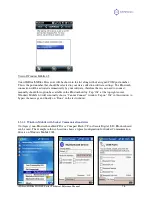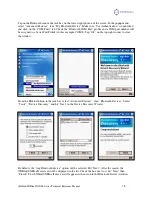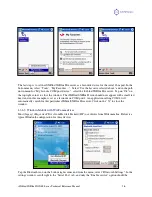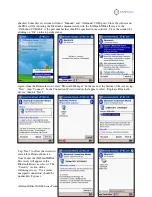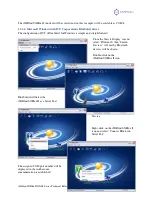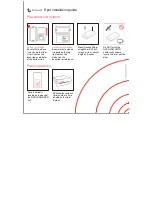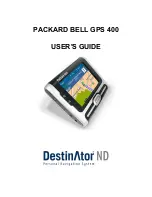
iSXblue/SXBlue II GNSS Series Technical Reference Manual
4
1.2.2 Battery Pack
The Lithium-Ion battery pack attaches to the receiver with four thumb screws. Modular contacts are used
to supply power to the receiver. Even though the Li-Ion battery pack has a built-in protection circuitry,
care must be taken not to short-circuit the contacts
on the battery pack. Membrane vents are used on
both the receiver and battery pack. These small holes
should not be punctured, obstructed or covered by
labels or stickers.
The battery pack features an intelligent battery “fuel
gauge” that shows the level of charge (see Figure 1-
2). On initial usage, it might take one or two
charge/discharge cycles for the gauge to reflect the
proper charge level. When unit is not used for an
extended period of time, it is normal that the battery
pack discharges. The field autonomy of the pack is
roughly 7 to 10 hours depending on the model and
after 500 cycles, battery capacity starts decreasing to
about 80%.
Figure 1-4 Battery contacts
Since the iSXBlue/SXBlue II GNSS uses Li-Ion battery chemistry, there is no memory effect as with
NiMH or NiCad batteries; therefore it is not necessary to discharge the pack before recharging it.
Only
the Geneq-supplied Li-Ion battery charger must be used with the iSXBlue/SXBlue II GNSS battery
.
Using any other type of charger might result in explosion and injuries. The iSXBlue/SXBlue II GNSS
battery pack specification is: 2s2p, 7.2V, 3,900mAh Li-Ion. If using a different charger than the supplied
charger, the following specifications must be followed: 2-cell Li-Ion charger, maximum current of 2A,
charger plug to fit a 1.7mm positive center-pin jack with 5mm OD.
Charge time with supplied charger is about 4 to 5 hours when battery is empty. The charger is equipped
with a charge indicator LED that will switch to a steady Green when battery is fully charged. The charger
supports input voltages of up to 240VAC.
Warning – Use only supplied charger with the iSXBlue/SXBlue II GNSS battery pack.
Do not disassemble, modify, puncture, mutilate or incinerate or heat battery pack.
Do not store the battery inside vehicles in direct sunlight and in hot weather.
Do not short-circuit battery contacts.
Do not puncture or obstruct membrane vents.
Battery should be stored at room temperature, charged to about 30-50% capacity.
Charge battery once every 3 months to prevent overdischarge.
Battery must be charged only when its temperature has settled between 0°C and 45°C.
Temperature range over which battery can be discharged is between -20°C and 60°C. Use of the
battery outside of the specified range reduces performance and life expectancy.
When battery reaches end-of-life, insulate terminals with adhesive tape or similar material before
disposal.
Membrane Vents
Bluetooth DIP Switch

